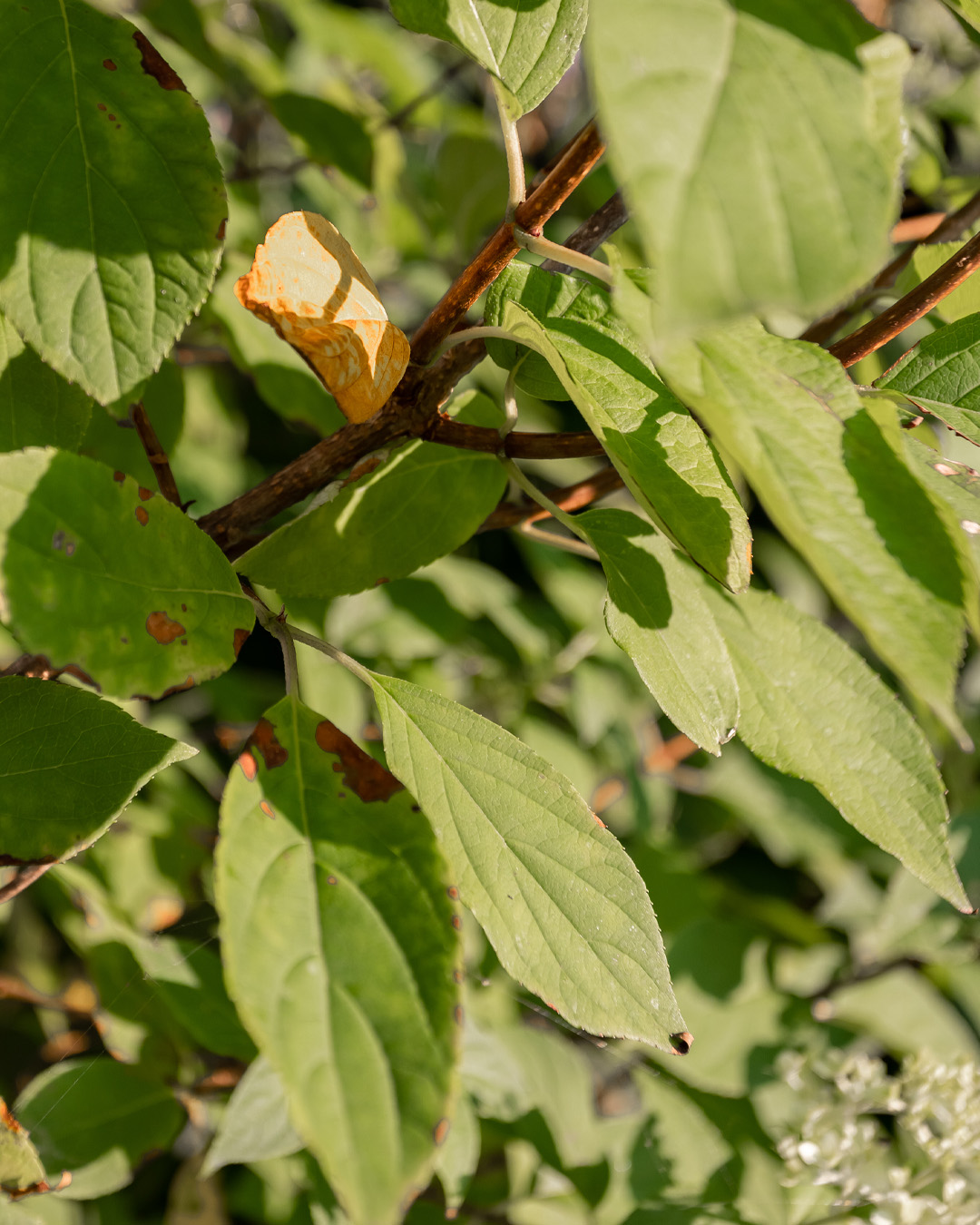How Hydrangea Leaves Turning Yellow can Save You Time, Stress, and Money.
Wiki Article
The 6-Second Trick For Hydrangea Leaves Turning Yellow
Table of ContentsGetting My Hydrangea Leaves Turning Yellow To WorkNot known Facts About Hydrangea Leaves Turning YellowHydrangea Leaves Turning Yellow Things To Know Before You BuyWhat Does Hydrangea Leaves Turning Yellow Do?The 9-Minute Rule for Hydrangea Leaves Turning YellowHydrangea Leaves Turning Yellow Things To Know Before You Buy
One opportunity is that the plant is not obtaining sufficient sunshine. Throughout the cold weather, the days are shorter, and the sunlight is not as intense, so see to it to position your Hydrangea in a spot where it will get at the very least 6 hours of sunlight each day. Another factor for Hydrangea yellow fallen leaves in winter season might be excessive water.The leaves might be transforming yellow due to temperature level tension. Hydrangeas like cooler temperature levels, so if the plant is in a place that obtains too hot or as well chilly, the fallen leaves will transform yellow. If you believe temperature stress may be the issue, attempt relocating your Hydrangea to a different location or protecting it from the elements with a burlap cover.
New growth will be observed in very early spring, when you'll notice environment-friendly vegetation growing from stems that might have appeared dead. If your leaves are transforming brown in spring or summer, there are likely other factors at play (Hydrangea Leaves Turning Yellow). The precise reasons depend upon the selection and their expanding conditions, yet generally, brownish hydrangea leaves are an indicator of dehydration and wilting in the heat
Some Known Incorrect Statements About Hydrangea Leaves Turning Yellow

Wilting is caused by lack of dampness, meaning there are a few excellent tricks to use to avoid this from taking place. Give your hydrangeas a healthy and balanced glug of water every few days when the temperatures are climbing high, and deal with the soil to much better keep dampness. After sprinkling, a bit of compost around the base of each plant should aid with this by maintaining dampness in the soil.
This disrupts fungi spores from settling. "The Botrytis fungus flourishes in amazing and damp problems, so avoid showering the entire plant when sprinkling and simply water at the origins," shares Roy Nicol, a Master Green thumb. If you have actually missed out on the possibility for Check Out Your URL avoidance and are taking care of an infection you should remove all dead or significantly contaminated fallen leaves from the plant and destroy them to stop additional spread.
Hydrangea Leaves Turning Yellow for Dummies
As a general rule of thumb, we recommend removing fallen leaves when they are 50% brown or higher. While browning brought on by any kind of factor can't be reversed, taking the rehabilitative activity explained above will urge the plant to grow new fallen leaves so the damaged leaves either drop off normally or can be removed by the garden enthusiast.Hydrangeas ought to be sprinkled just when the leading couple of inches of dirt sites are dry, and ought to be given a detailed soaking each time. Underwatered hydrangeas are likely to have yellow, wilting, and sagging fallen leaves.
The method you fix hydrangea leaves transforming yellow relies on the vital problem creating the yellow fallen leaves. This can be difficult to establish, but as soon as you do you will certainly be able to adjust your plant care as necessary to care for the issue. As discussed before, a common issue with hydrangeas is vitamins and mineral shortages.
8 Easy Facts About Hydrangea Leaves Turning Yellow Explained
Throughout the height expanding period, you need to water at a price of regarding 1 inch each week. If you are fretted about not appropriately sprinkling your hydrangeas, there are a number of things you can do. Including mulch to the base of the plants over the origin area assistance to regulate the temperature around the shrub and retain water in the soil.You can buy and install read simple watering worlds. Watering worlds hold water in them and gradually release this water into the soil as the ground ends up being completely dry. Merely fill up the world with water, stick the spout into the dirt within the origin area near the base of the plant, and leave it in position up until all the water is gone.
If it is as well severe, some plants will never ever recoup from transplant shock and will certainly continue to decline till they pass away. Reduce transplant shock by including as lots of origins as feasible when digging up your plant to move it. Be certain to provide more water than normal in the weeks following planting to help your plant recoup and expand new origins.
Facts About Hydrangea Leaves Turning Yellow Revealed
To prevent spreading out fungal conditions, be certain to thouroughly tidy and sanitize any trimming devices prior to and after use. You can try to flush the origins with water to remove excess fertlizer.Your hydrangea plant favors well-drained, moist soil. If the pot has inadequate drain, or your dirt is flooded, the leaves will begin to turn yellow.
If you do not sprinkle your hydrangea plant for more than a week, the leaves will start transforming yellow. Fungal conditions that attack the plants tend to show indications on the roots and the fallen leaves of the plant.
The Single Strategy To Use For Hydrangea Leaves Turning Yellow

Report this wiki page